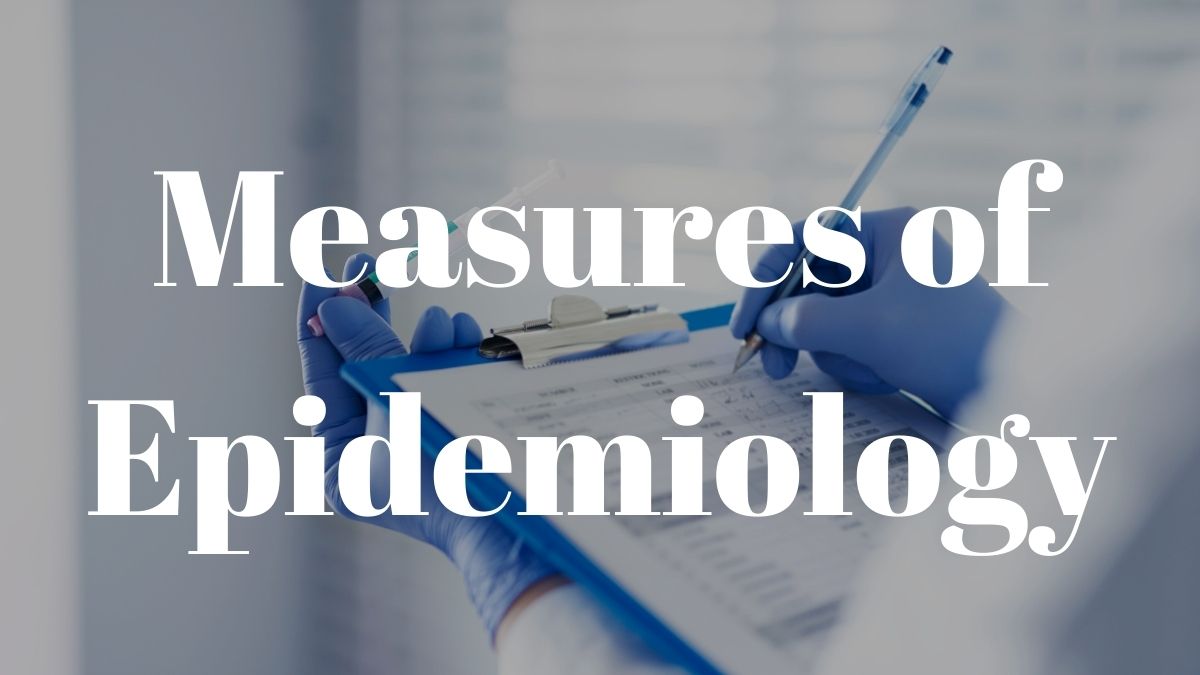There are many measurements of epidemiology, but you need to focus on the four main ones: infant mortality, morbidity, mortality, and life expectancy. Make sure you look at the “learn to” as you go through this dash point and consider who uses these measurements, their limitations, and other similar factors.
Infant Mortality Rate
The number of deaths among children aged under 1 year in a given period. It is often expressed as a unit per 1,000 live births in the same period. Australia’s infant mortality rate as of 2020 was sitting at just 3.1 deaths per 1,000 live births. This puts us around 12th when ranked against other OECD (Organisation for Economic Co-operation and Development) countries, below the average.
Morbidity
Morbidity efers to ill health in an individual and to levels of ill health in a population or group. In Australia, our disability-free years are increasing, meaning people are not just living longer; they are living longer without chronic diseases. The leading issues of morbidity in Australia are the increasing rates of:
- diabetes and
- dementia.
And those leading the burden of disease including:
- cardiovascular disease,
- oral health,
- musculoskeletal disorders, and
- mental health disorders.
Mortality
The leading causes of death in Australia are:
- Coronary heart disease
- dementia and alzhiemers
- Cerebrovascular disease
- Lung cancer
- Prostate cancer (males), and
- Breast cancer (females)
Australia’s age-standardised death rate (SDR) for March 2022 was 41.0 per 100,000 people.
Life expectancy
An indication of how long a person can expect to live is called life expectancy. The age given is dependent on their age. Technically, it is the number of years of life remaining to a person at a particular age if death rates do not change. The most commonly used measure is life expectancy at birth. The current life expectancy (2022) is 82.9. With males expecting to live 81.2 years and females 85.3 years.

